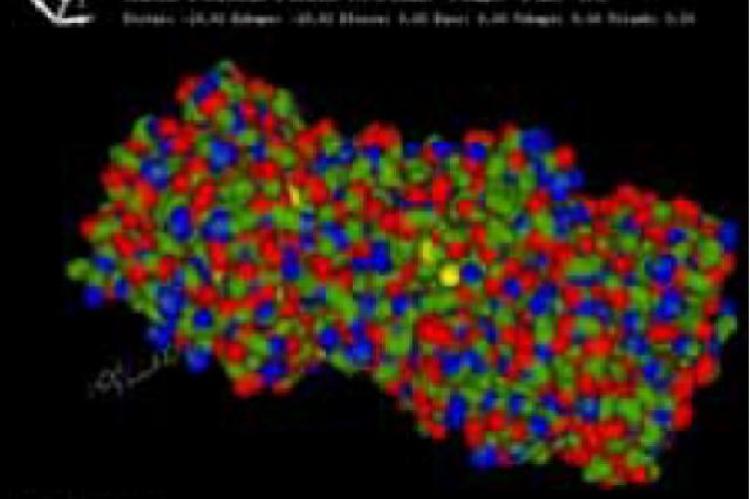Cytochrome P 450 14 a Demethylase or CYP51A1 is the target enzyme for antifungal drugs. These drugs inhibit the enzyme and prevent ergosterol biosynthesis in fungal cell wall resulting in antifungal action. Life threatening systemic fungal infections having become increasingly common shows the need for discovery of new antifungal drugs having more potency and broader spectrum of activity. In the view of these facts, the antifungal activity of certain triazole derivatives were designed, synthesized and evaluated. We also predicted the proposed inhibitory action of the designed drugs with the target enzyme through molecular docking studies using HEX, GLIDE and GOLD docking soft wares. The structure of CYP51A1 was studied and the active site was identified from Protein Data Bank , (PDB) and literatures. Triazoles were selected as the lead moiety which was , optimized by molecular docking studies. Based on the best docking scores, certain triazole derivatives were synthesized and evaluated for their antifungal action against Candida albicans and Aspergillus niger . The experimental data obtained was then compared with computational docking results. Experimentally all the synthesized compounds were found active against Candida albicans and inactive against Aspergillus niger. The halogenated derivative of triazole which showed the highest docking score was also found to exhibit greater zone of inhibition in comparison with other synthesized compounds. Thus the computational results were found to comply with the experimental results obtained. Summarizing the work, it can be concluded that the experimental data together with computational evidence can be of use in further experimental protein-ligand designs, and to provide insight into the interaction occurring in the active site
View:
- PDF (494.39 KB)


